Your sleep tracker might give you information about more than just your sleep–specifically, it might give you information about chronic conditions such as diabetes and sleep apnea, and illnesses such as COVID-19. This is one of the findings of a study that analyzed data from 5 million nights of sleep across roughly 33,000 people.
Tag: wearables
These Screen-printed, Flexible Sensors Allow Earbuds to Record Brain Activity and Exercise Levels
Earbuds can be turned into a tool to record the electrical activity of the brain and levels of lactate in the body with two flexible sensors screen-printed onto a flexible surface.
Tailored text messages not enough to improve mobility after heart issues
A mobile health intervention using tailored text messages did not improve long-term physical activity levels for patients using smartwatches who enrolled in cardiac rehabilitation.
LLNL and Meta engineers develop 3D-printed material with potential for more lifelike wearables
Engineers and chemists at Lawrence Livermore National Laboratory and Meta have developed a new kind of 3D-printed material capable of replicating characteristics of biological tissue, an advancement that could impact the future of “augmented humanity.”
Researchers at Aalto develop a new technology to let immobilized patients control devices with their brain
A new project at Aalto University is developing techniques that will enable immobilized patients to control devices using their brain activity. The project builds on the multi-locus transcranial magnetic stimulation (mTMS) technology developed at Aalto, adapting it into a brain–computer interface (BCI) that can help patients with neurological conditions.
Driving inclusive and green urban transitions
A new Horizon Europe project led by IIASA, called Urban ReLeaf, leverages citizen science for public sector innovation.
Personalized prediction of depression treatment outcomes with wearables
An interdisciplinary team built a multitask machine learning model for randomized controlled trials of the efficacy of certain depression treatments on individuals.
Mayo researchers use AI to detect weak heart pump via patients’ Apple Watch ECGs
Single-lead ECG tracings from an Apple Watch interpreted by an artificial intelligence (AI) algorithm developed at Mayo Clinic effectively identified patients with a weak heart pump.
Real-time flood sensors, urban farms, autonomous cars, dancing drones and more at NYU Tandon’s Research Excellence Exhibit
The NYU Tandon School of Engineering will showcase over 40 innovative and future-forward research projects by faculty and students, along with interactive, family-friendly tech activities, at its 2022 Research Excellence Exhibit.The annual expo, in its ninth year, takes place on Friday, April 29, 1:00 p.m. to 4 p.m.
Calling all couch potatoes: this finger wrap can let you power electronics while you sleep
A new wearable device turns the touch of a finger into a source of power for small electronics and sensors. Engineers at the University of California San Diego developed a thin, flexible strip that can be worn on a fingertip and generate small amounts of electricity when a person’s finger sweats or presses on it. What’s special about this sweat-fueled device is that it generates power even while the wearer is asleep or sitting still.
NUS engineers devise novel approach to wirelessly power multiple wearable devices using a single source
Researchers from NUS have come up with a way to use one single device – such as a mobile phone or smart watch – to wirelessly power up to 10 wearables on a user. This novel method uses the human body as a medium for transmitting power. Their system can also harvest unused energy from electronics in a typical home or office environment to power the wearables.

‘Wearable microgrid’ uses the human body to sustainably power small gadgets
This shirt harvests and stores energy from the human body to power small electronics. UC San Diego nanoengineers call it a “wearable microgrid”—it combines energy from the wearer’s sweat and movement to provide sustainable power for wearable devices.
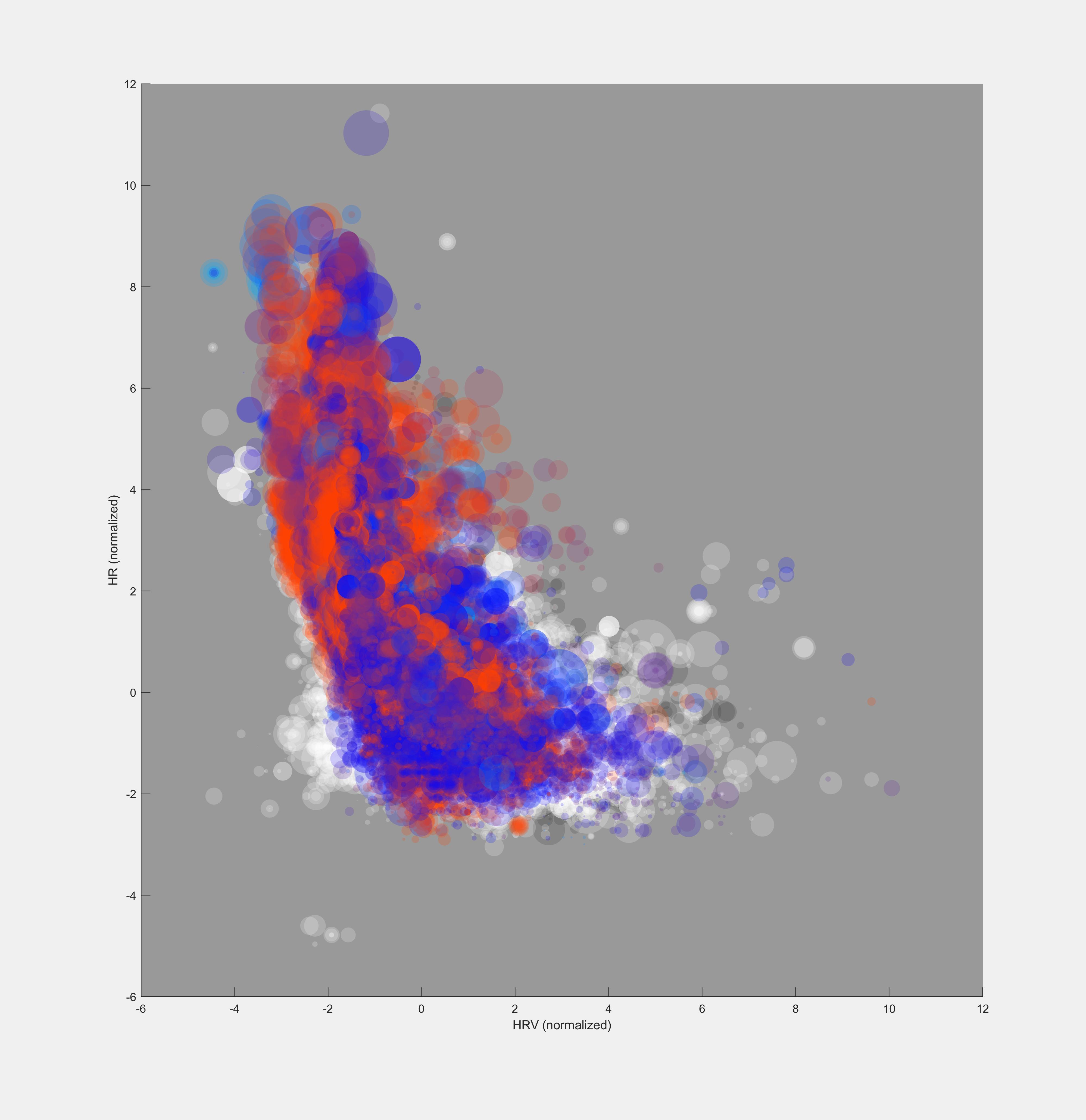
A smart ring shows it’s possible to detect fever before you feel it
Advance could pave the way for early warning system on COVID-19 and flu using wearables

A flexible screen-printed rechargeable battery with up to 10 times more power than state of the art
A team of researchers has developed a flexible, rechargeable silver oxide-zinc battery with a five to 10 times greater areal energy density than state of the art. The battery also is easier to manufacture; while most flexible batteries need to be manufactured in sterile conditions, under vacuum, this one can be screen printed in normal lab conditions. The device can be used in flexible, stretchable electronics for wearables as well as soft robotics.
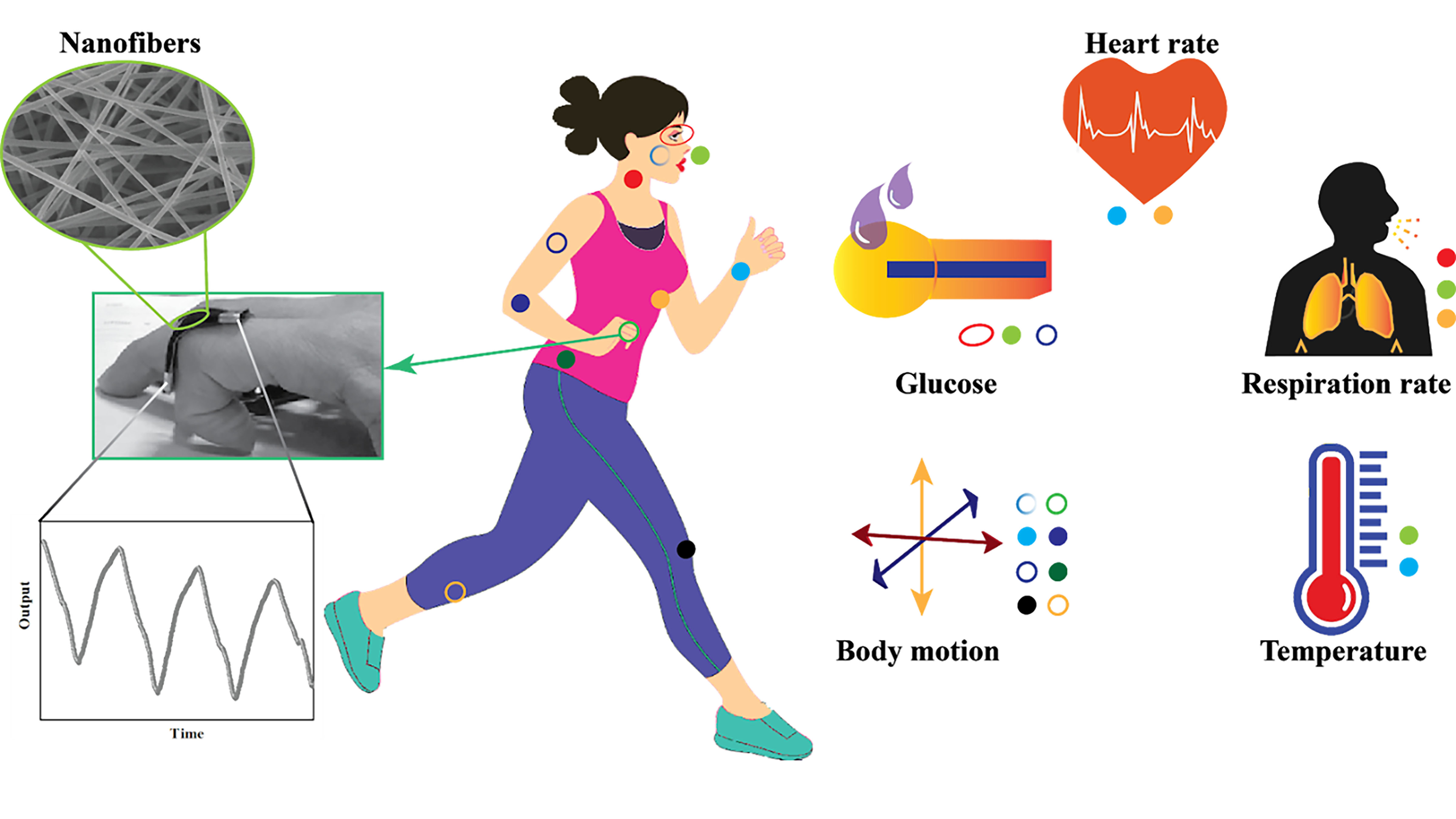
Clothing, Tattoos Could Be Used to Monitor Patient Health
A shirt that monitors your blood pressure or a pair of socks that can keep track of your cholesterol levels might be just a few years away from becoming reality. In Applied Physics Reviews, researchers examine the use of microfibers and nanofibers as wearable monitors that could keep track of a patient’s vital signs. The microfiber- and nanofiber-based technology addresses growing concerns in the medical community about monitoring chronic illnesses as the population ages.
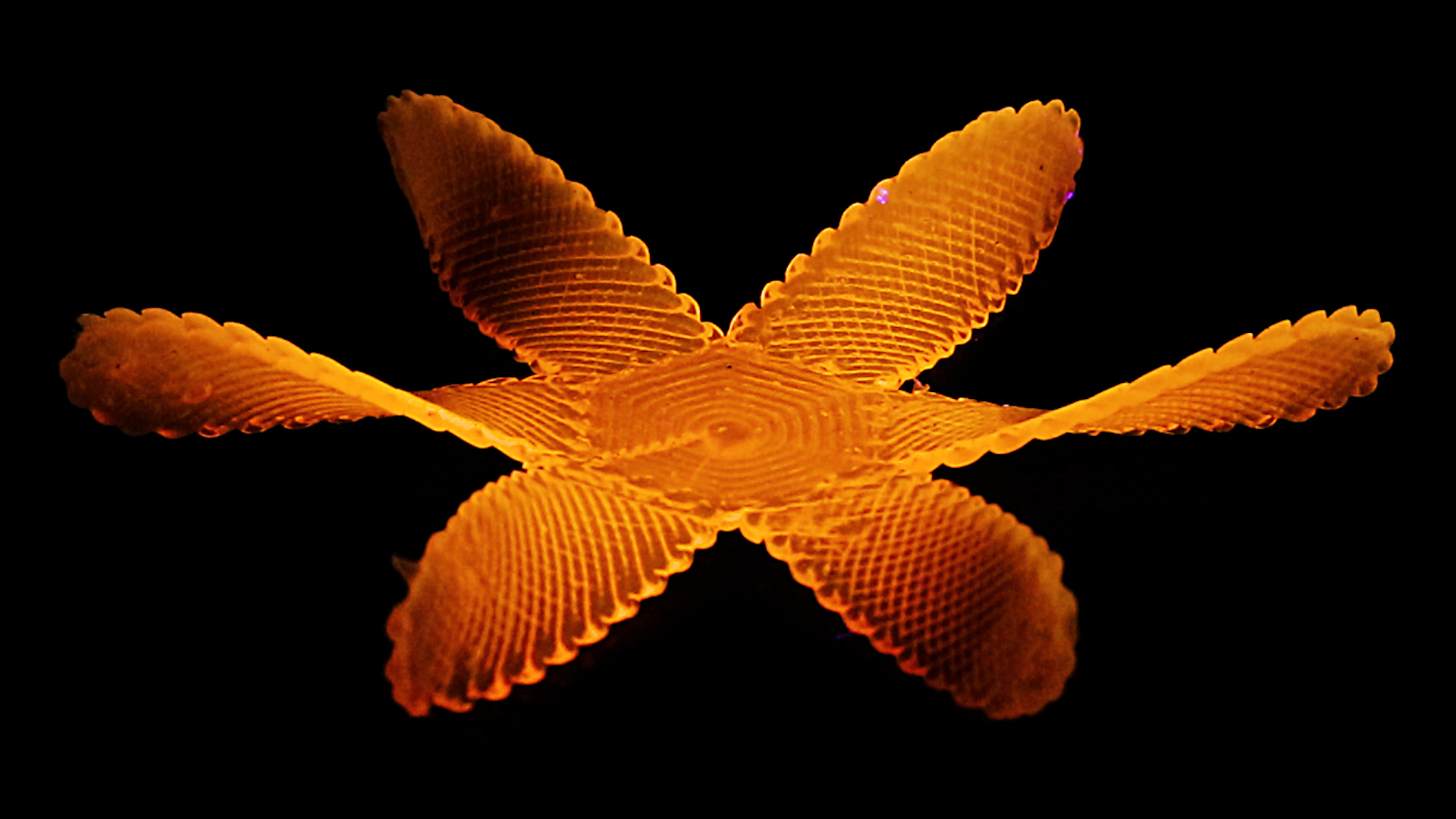
Material scientists learn how to make liquid crystal shape-shift
A new 3D-printing method will make it easier to manufacture and control the shape of soft robots, artificial muscles and wearable devices. By controlling the printing temperature of liquid crystal elastomer, researchers have shown they can control the material’s stiffness and ability to contract.

Artificial intelligence identifies, locates seizures in real-time
Research from the McKelvey School of Engineering at Washington University in St. Louis has shown that understanding brain activity as a network instead of readings from an EEG allow for more accurate and efficient detection of seizures in real-time.
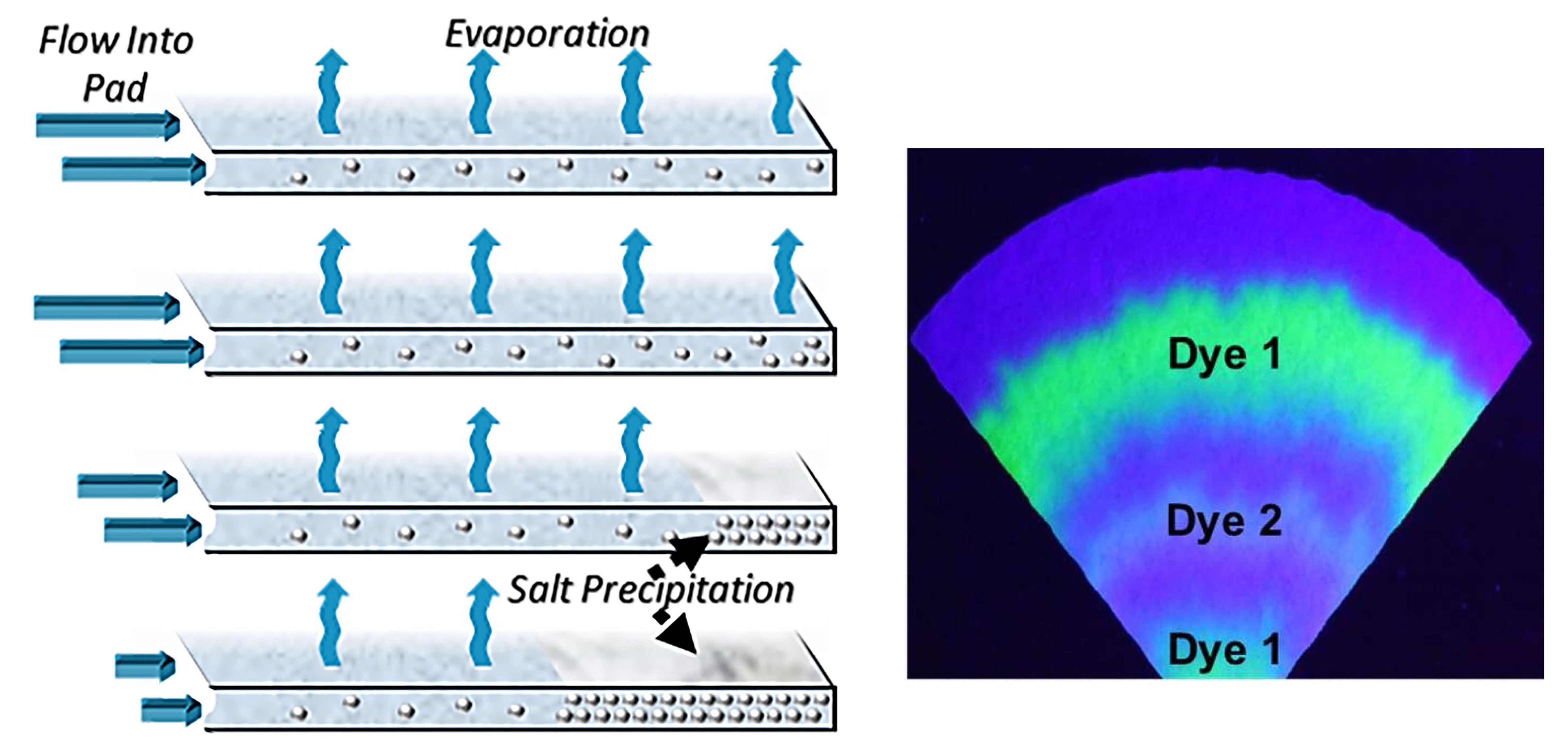
Paper-Based Device Provides Low-Power, Long-Term Method for Analyzing Sweat
Researchers at North Carolina State University have constructed a paper-based device as a model of wearables that can collect, transport and analyze sweat in next-generation wearable technology. Using a process known as capillary action, akin to water transport in plants, the device uses evaporation to wick fluid that mimics the features of human sweat to a sensor for up to 10 days or longer. They discuss their work in the journal Biomicrofluidics.
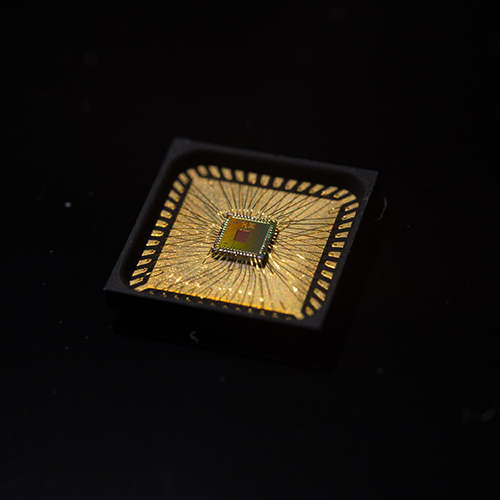
Toward a low-cost, low-power wearable sensor for temperature and respiration
Engineers at the University of California San Diego are developing low-cost, low-power wearable sensors that can measure temperature and respiration–key vital signs used to monitor COVID-19. The devices would transmit data wirelessly to a smartphone, and could be used to monitor patients for viral infections that affect temperature and respiration in real time. The research team plans to develop a device and a manufacturing process in just 12 months.
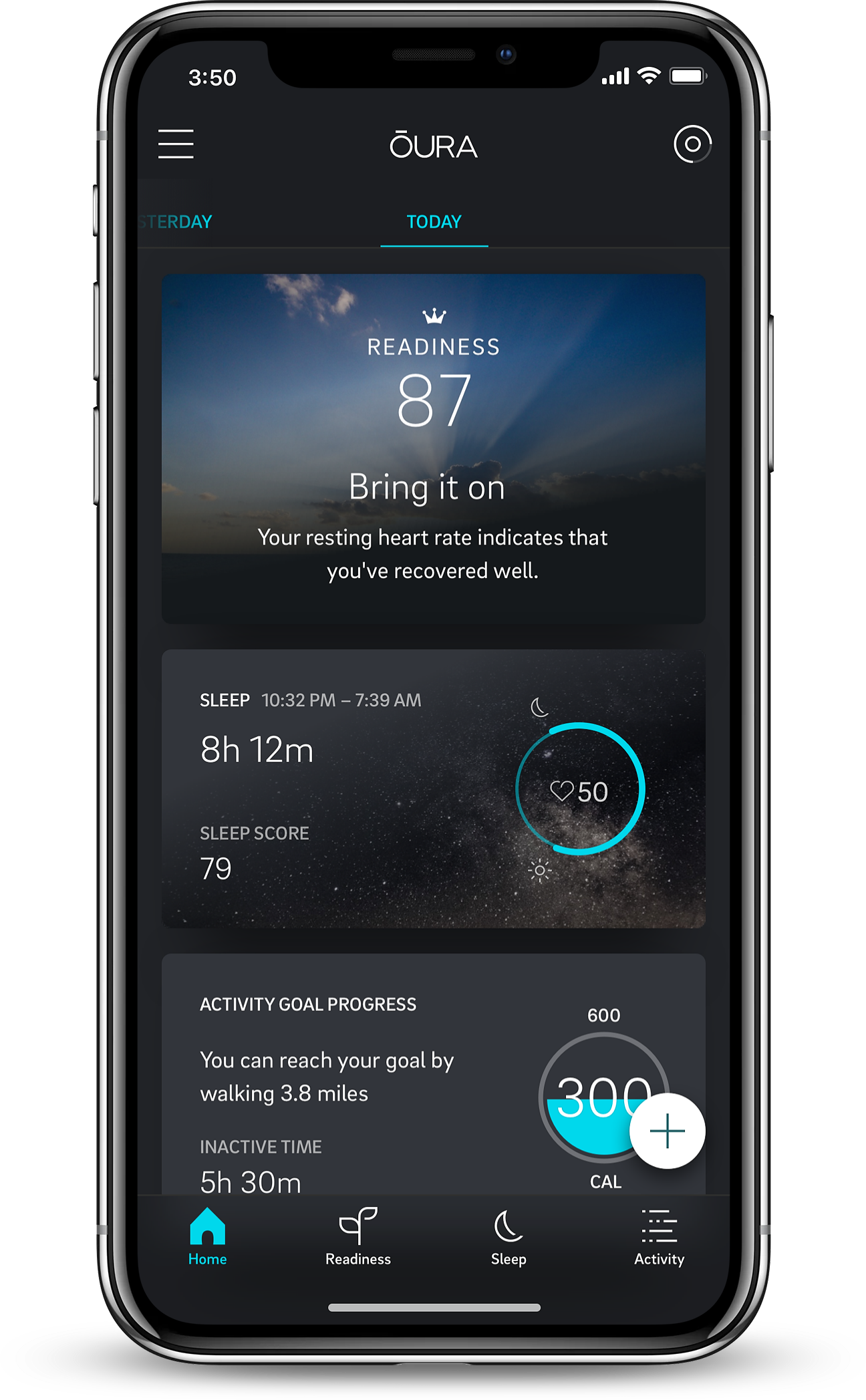
Researchers work on early warning system for COVID-19
To better understand early signs of coronavirus and the virus’ spread, physicians around the country and data scientists at UC San Diego are working together to use a wearable device to monitor more than 12,000 people, including thousands of healthcare workers. The effort has started at hospitals in the San Francisco Bay Area and at the University of West Virginia.
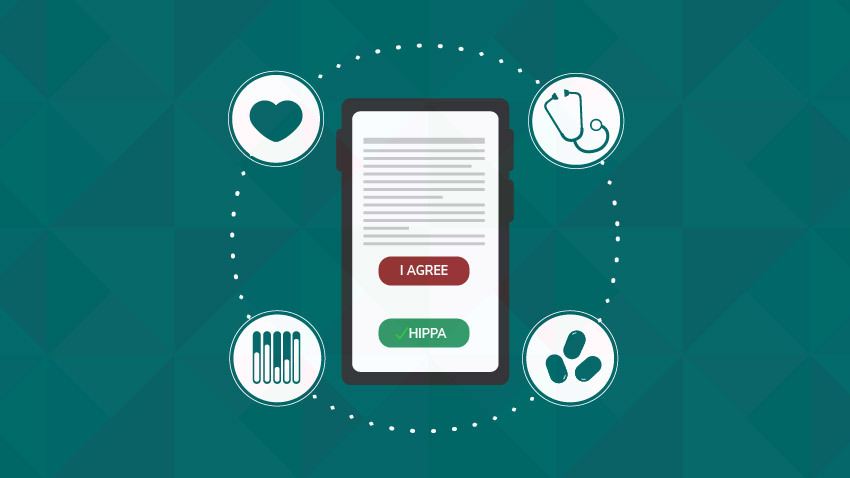
Cardiologists: Big Data Advances Research, But Shouldn’t Do So at the Cost of Privacy
Your doctor protects your sensitive health data. But in a new publication, experts assert it’s important to check if that app you just downloaded will, too.
The one ring — to track your finger’s location
UW researchers have created AuraRing, a ring and wristband combination that can detect the precise location of someone’s index finger and continuously track hand movements.